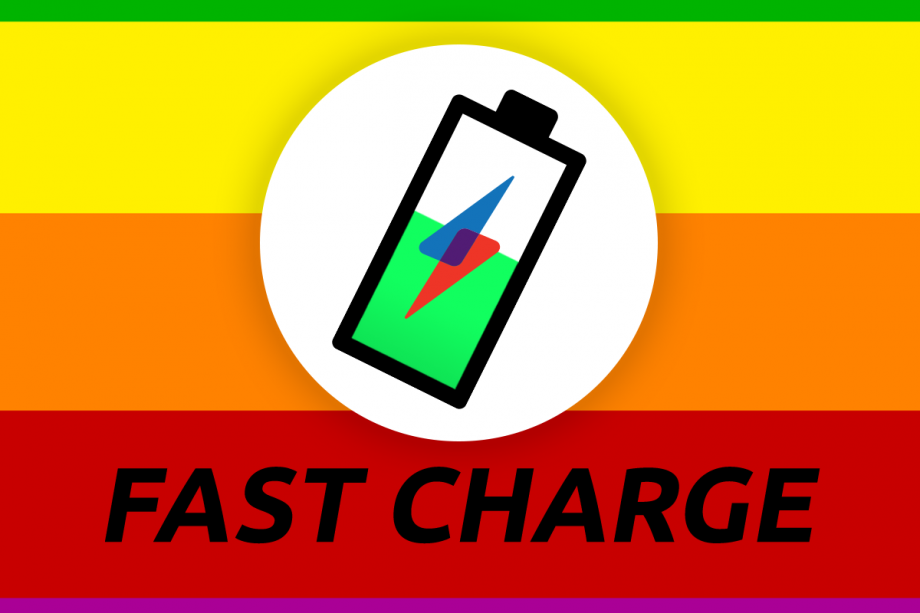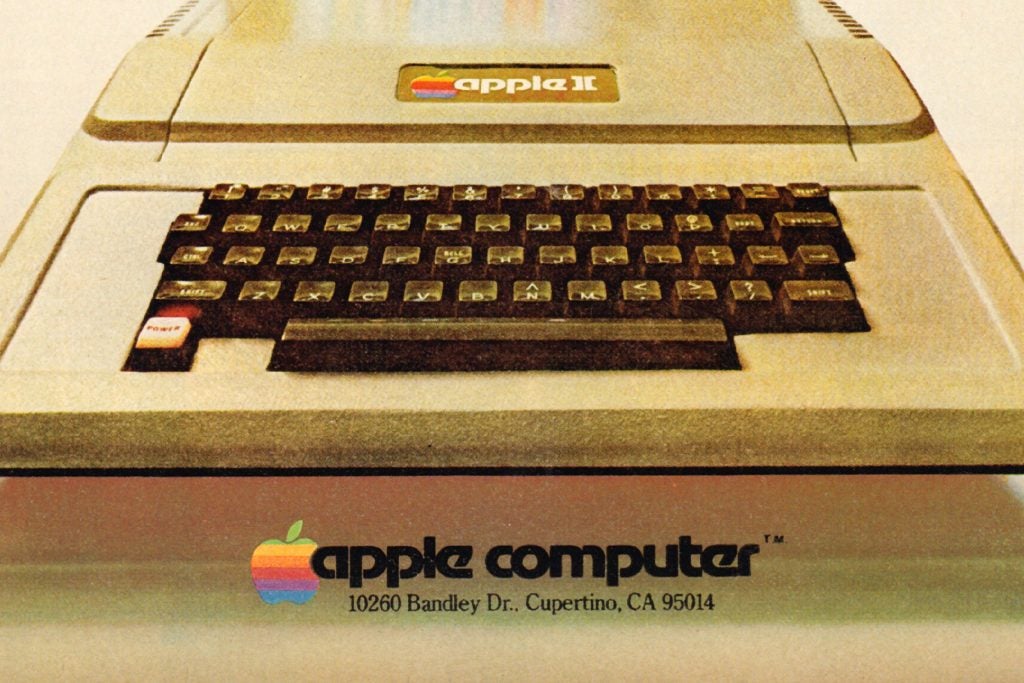Apple going back to its rainbow wouldn’t be the only step backwards it’s taken recently: Fast Charge

This week has been a pretty hectic one, with Amazon Prime Day 2019 taking over most sites’ homepages.
But in the sea of deals there was one key bit of tech news that slipped by largely unnoticed: Apple may be planning to start using its old rainbow logo on “some” products in the very near future.
The news broke on Tuesday when “a well known MacRumours tipster” revealed the company is contemplating going back to the iconic, multi-coloured logo that debuted on its Apple II computer all the way back in the 1970s, on “certain” products.
Related: Best laptop 2019
While this may sound fairly innocent at first glance – after all, the logo is not exactly terrible and fits in with the Stranger Things nostalgia kick currently doing the rounds. But for me it’s a sign of a wider trend at Apple – one that’s not necessarily positive: that the company seems to be increasingly looking backwards, not forwards.
I can already hear the Apple-fan-horde preparing their pitchforks and torches for an online witch hunt, but hear me out, there’s a lot of evidence for this.
Let’s start off with the latest rumblings about the next generation MacBooks. After the release of the new, slightly tweaked, MacBook Pro 13 earlier this month, reports immediately broke that the company is working on a complete refresh of its laptop line.

Image Credit: Flickr user SenseiAlan
Details about the new MacBooks are non-existent outside of one key detail: they will ditch the marmite Butterfly switches seen on recent Apple laptops for the older Scissor switches seen on MacBooks of yore.
Don’t get me wrong, this is in many ways awesome news, if true. I’ve never been a fan of the Butterfly switches non-existent travel. The ongoing issues with their build quality is also a serious issue affecting many MacBook owners, so the move back to the more robust scissor mechanism would, in most ways, be a positive.
Related: Best student laptops 2019
But for me it’s a sign the Apple’s losing the magic Steve Jobs brought to with him when he came back to Apple in 1997, after being fired by the board in 1985. Back then Apple was struggling, having failed to create any innovative or truly competitive product for many years.
According to reports, Jobs came in like a raging bull and tore the company culture apart putting in a new “design first” policy that gave great minds, like Jony Ive, the ability to flex their creative muscle. This, in turn, let the company create truly interesting and beautiful products like the first iPod, iPhone and iPad.
Related: New MacBook Pro vs old MacBook Pro
Don’t get me wrong, there have been plenty of instances where this has gone wrong. It’s what led to the iPhone 3Gs having antenna issues when people “held it wrong”. The use of Butterfly switches was also, reportedly, due to outgoing design head Jony Ive’s insistence the computer had to be as thin as possible, rather than owing to any performance benefit.
But without that meticulous attention to detail that made sure Apple products looked better than the competition – even if they weren’t – Apple may find itself having a second recession, in danger of becoming just another tech company.
There are already signs this may be the case with the iPhone 11, if recent rumours are to be believed. If you look at all the current leaked renders and images of the new iPhone, you’ll see a product that looks distinctly not-Apple, featuring one of the ugliest square camera enclosures I’ve ever seen on a flagship smartphone. I couldn’t see Jobs or Ive signing off on such an obtuse design, even if it did make engineering easier and bring performance benefits.
Hopefully I’m wrong, and this is just a rare stumbling or inconsequential minor marketing move by Apple. But if I’m not, it could mark a second dark age for consumer tech innovation, where one of the industry’s leading innovators has lost its way.


